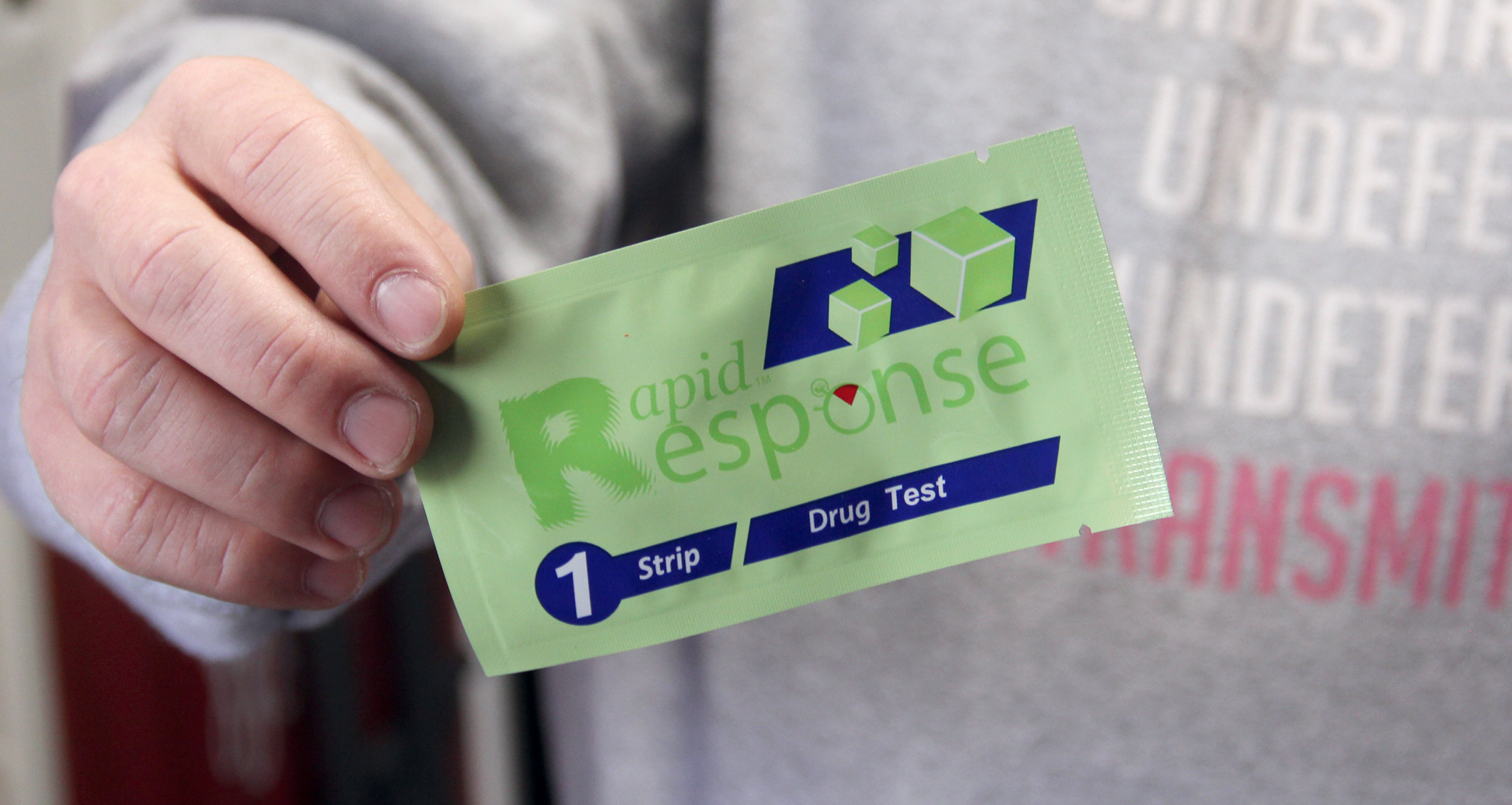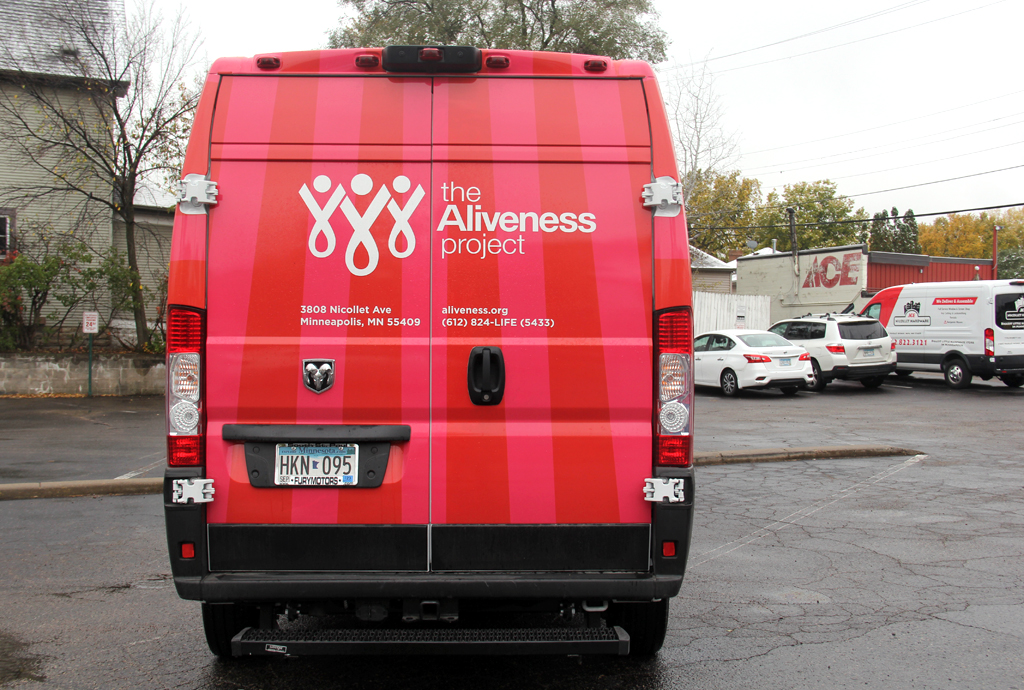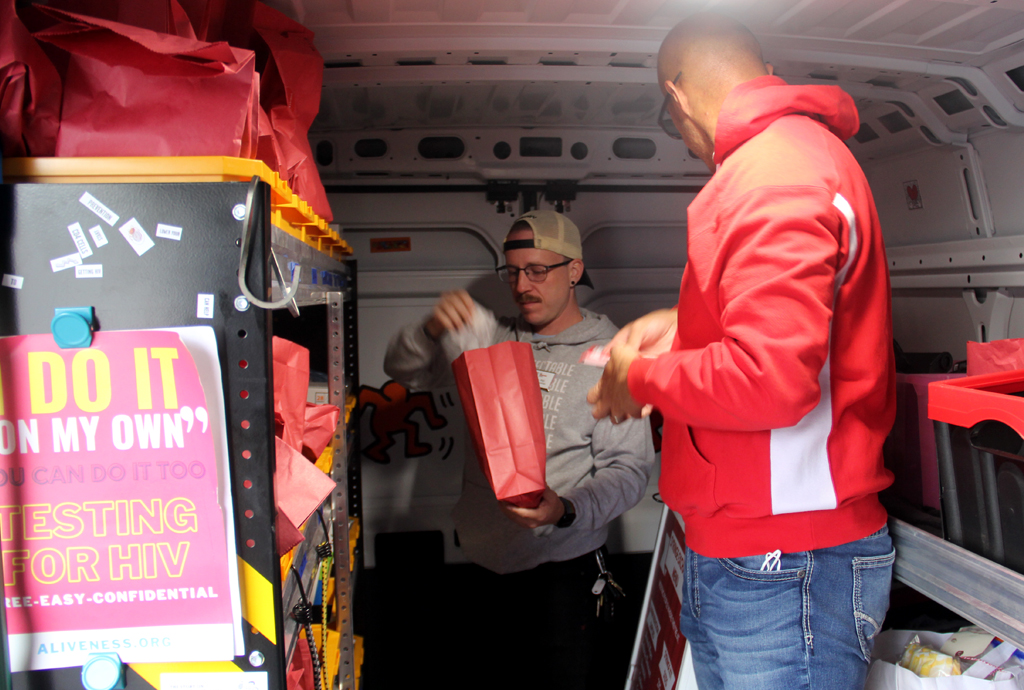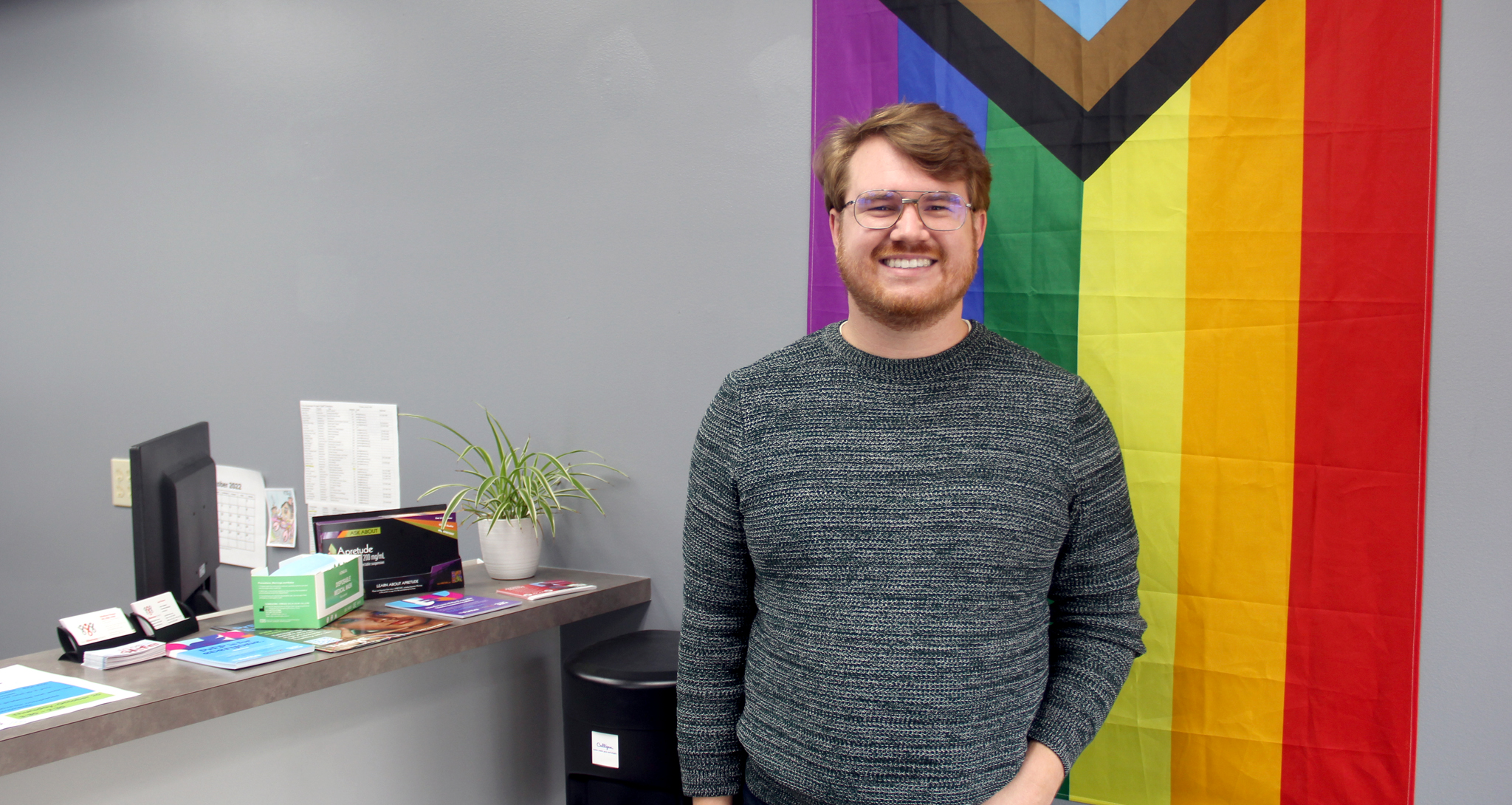

In 2021, 340 Hennepin County residents died of an opioid overdose. The epidemic is getting worse and it intersects and fuels another epidemic: HIV.
In 2020, Minnesota declared an HIV outbreak in Hennepin and Ramsey Counties. Those at high risk include injection drug users, men who have sex with men, and people who are homeless or unstably housed.
Because of their overlap, the opioid and HIV epidemics cannot be addressed in isolation. As part of its opioid prevention response, Hennepin County is partnering with the Aliveness Project, a Minneapolis nonprofit that’s tackling HIV.
Because of their overlap, the opioid and HIV epidemics cannot be addressed in isolation. As part of its opioid prevention response, Hennepin County is partnering with the Aliveness Project, a Minneapolis nonprofit that’s tackling HIV.
For the Aliveness Project the opioid epidemic is more than numbers and reports – it’s people, and they’re seeing the impact first-hand.
Staff drive a van around the Twin Cities, offering items like naloxone, a medication that can reverse an opioid overdose. This year, they’ve seen a surge in naloxone demand.
“In the last 3 months, we’ve given out 500 to 600 naloxone kits or 1,800 doses,” says Jay Orne, PhD, the Aliveness Project’s harm reduction coordinator. Orne attributes the increased demand to fentanyl, a synthetic opioid that’s driving the epidemic. Fentanyl is up to 50 times stronger than heroin and 100 times stronger than morphine. Fentanyl is so strong, in fact, that it can require several doses of naloxone to reverse an overdose.
Recently, Aliveness Project staff started surveying clients to see how many overdoses they’ve reversed with naloxone. “I don’t know what number to put down because it’s been so many,” one person wrote. “It’s been an uncountable number of overdoses.”
In addition to gauging the epidemic’s impact through clients, Orne and his colleagues are looking at state numbers. “Yes, overdose numbers have been rising but we think there’s even more out there,” Orne says.
Under Steve’s Law, people who call 911 to report a known or suspected drug overdose are protected from prosecution for using or possessing the drugs that they're calling 911 about. Despite this protection, “People aren’t necessarily calling the paramedics,” Orne says.

The HIV and opioid epidemics intersect in many ways. One way people spread HIV is by sharing the needles they’re using to inject drugs (like opioids) with other people. HIV can also be spread through sex, including chemsex: when people use drugs (again, like opioids) to enhance sexual experiences. The two epidemics also intersect around homelessness: it’s harder to prevent and treat HIV and substance abuse when you’re not housed.
That’s why keeping a close pulse on the opioid crisis is important to Aliveness Project. “We firmly believe we can’t end HIV, [our primary mission], without addressing other barriers to care that exist in society like the opioid crisis,” says Dylan Boyer, Aliveness Project’s director of development.
One way the nonprofit is targeting both epidemics is through mobile approach. About 60% of HIV outbreak cases are experiencing homelessness or are unstably housed. The mobile van crosses the Twin Cities, visiting encampments, highway underpasses, parks, bars, nightclubs, and more. Staff offer people sterile needles that haven’t been shared with others, naloxone, and strips that can detect the presence of fentanyl in a food, drink or other substance.
“We give people the supplies they need. We keep them healthy while they’re in a state of crisis,” says Orne. “One of the slogans of harm reduction is to meet people where they’re at. And we’re literally meeting people where they’re at.”
The value of this mobile approach was underscored in July when someone overdosed next to Aliveness Project’s van. “I’m grateful I was there and able to deliver naloxone to this person,” says Orne. “It took four doses.”
Then, alluding to the comment that overdoses are underreported, Orne recalls, “Afterwards, because he was disoriented and scared of the police he ran off. There was nothing I could really do about that.”


Another way that Aliveness Project is targeting both epidemics is by hiring staff who have lived experiences with HIV and substance use.
“I would say that 85% of our team from directors to board members to direct service providers are representative of people with lived experiences,” says Dylan Boyer. “There’s a relatability we have with community and a natural ability to be people-centric.”
Staff become relatable and people-centric by sharing personal stories, being nonjudgmental, and showing a passion for the work.
“I’m a person in recovery and years ago I experienced an overdose,” says Jay Orne, by way of example. “Fentanyl was unintentionally in the meth I was using and I almost died. We see that happen. That’s why I tell folks regardless of what drugs they’re using fentanyl can be in anything. Even if opioids aren’t what they’re using I share my story and urge them to keep naloxone.”
Boyer also shares his story with clients. “I was diagnosed with HIV in 2016 and at the time I was at the height of my own drug addiction,” he says. “A few years after my diagnosis I made the decision to live a healthier life. I came to Aliveness Project as a member, as someone seeking services, with no money, no insurance, no idea how I was going to get my next bottle of medication.”
Boyer began working at Aliveness Project as a volunteer. One day, while eating dinner with friends he’d made there, “I just knew this was going to be part of the work I do,” he says. Now as the nonprofit’s director of development, Boyer says, “The days are hard. Burnout is real. But when I get an opportunity to talk to our members and hear the impact that motivates me to keep going.”

Going forward, the Aliveness Project will continue to focus on opioid prevention. The nonprofit is also strengthening its opioid recovery arm – offering connections to treatment programs around the city. They’re already seeing success.
“Just a couple of weeks ago, someone we’d seen several times shyly asked us how they could get on medication assisted therapy,” says Jay Orne. “We had our recovery navigators there and they were able to get her a number she could call to get connected to MAT. That’s exciting. That’s the whole point of harm reduction.”
The nonprofit is also making connections to more partners so that they can offer clients a fuller, more complete range of care – and because this issue requires coordination.
“In grad school, we called these ‘wicked problems,” says Dylan Boyer. “The opioid epidemic cannot be solved by any one organization or approach. Every single one of us has a role to play in this.”
Learn more: hennepin.us/opioid